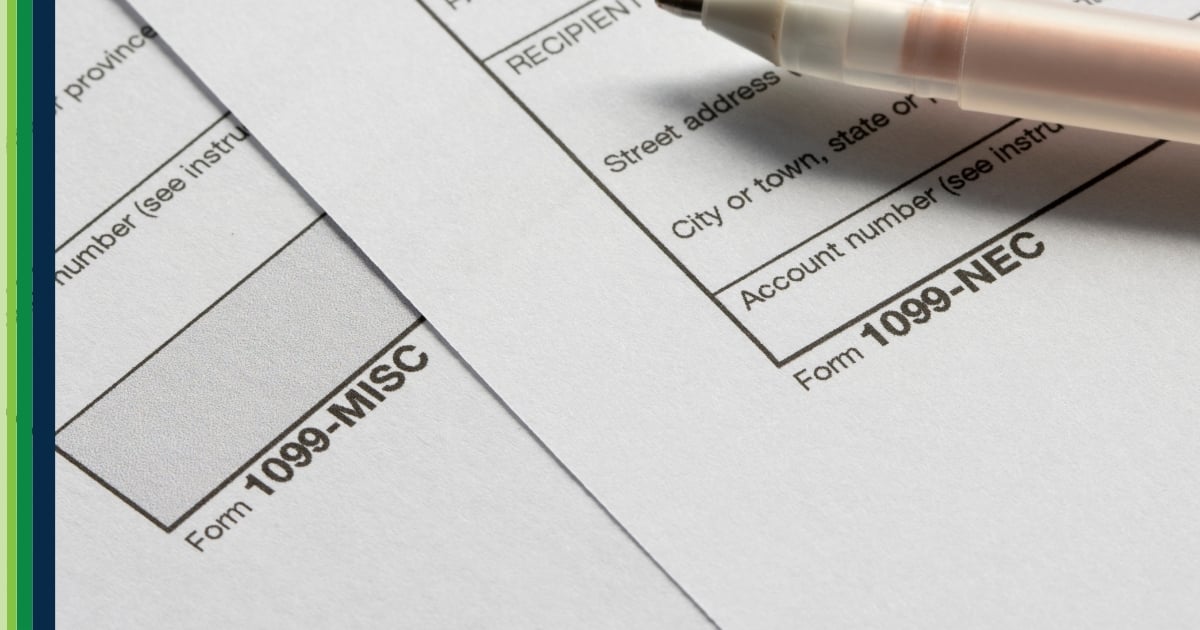A new hire’s first days set the tone for everything that follows. Clear, compliant paperwork and a thoughtful experience reduce risk, speed up time-to-productivity, and show your culture in action.
This guide outlines nine key onboarding documents and offers tips for digital, remote-friendly onboarding with Greenshades.
Disclaimer: This guide is for general informational purposes and is not legal advice. Requirements vary by country, state, and local jurisdiction. Consult your legal counsel for specifics.
What Counts as “Onboarding Documents”?
Onboarding documents are the forms and acknowledgments that make a hire official and ensure your organization's compliance. They typically include: tax and identity verification forms, role‑specific documents such as offer letters and contracts, and your company’s policies and handbook acknowledgments. In a modern HR tech stack, these documents live in a secure, digital workflow.
The 9 Essentials Onboarding Documents
1) Form W‑4 (U.S. federal tax withholding)
What it is: Determines how much federal income tax to withhold from an employee’s pay.
Best practices:
- Provide employees with clear guidance and direct links to official instructions.
- Remind employees that they can update their W-4 when their situation changes (e.g., adding dependents, holding multiple jobs).
- Store signed forms centrally with an audit trail.
2) State/Local Tax Withholding Forms (if applicable)
What it is: State (and sometimes local) forms used to determine non‑federal tax withholding.
Best practices:
- Automatically surface the correct form based on the work location.
- Flag multi‑state scenarios and local taxes where applicable.
- Keep a reference page with links to official state resources.
3) Form I‑9 (Employment Eligibility Verification)
What it is: Verifies identity and work authorization for U.S. hires.
Best practices:
- Complete Section 1 on or before Day 1; complete employer review within the required timeframe.
- Train verifiers on acceptable documents and anti‑discrimination rules.
- For remote teams, follow the currently permitted verification methods and retain required documentation.
4) Direct Deposit Authorization
What it is: Banking details for electronic wage payments.
Best practices:
- Collect and validate account/routing information; consider micro‑deposits or verification where appropriate.
- Allow multiple accounts or split deposit if your payroll policy supports it.
- Securely store and restrict access to banking details.
5) Offer Letter
What it is: The official details of the role (title, start date, manager, wage/salary, FLSA status, work location/schedule, contingencies, etc.).
Best practices:
- Use clear, inclusive language that aligns with pay transparency and other applicable laws.
- Include start‑day logistics (where to go, which device to bring, how to access systems).
- Capture e‑signature and archive the final, countersigned version.
6) Employment Agreement / At‑Will Acknowledgment
What it is: The binding terms of employment. May include confidentiality/IP terms, arbitration or dispute resolution terms (where lawful), and role-specific obligations.
Best practices:
- Keep templates organized by worker type (e.g., exempt/nonexempt, union, fixed-term, etc.).
- Localize where required; avoid one‑size‑fits‑all contracts across jurisdictions.
- Track renewals/term dates and store updated versions.
7) Benefits Enrollment Forms
What it is: Elections for medical, dental, vision, FSA/HSA, retirement, and voluntary benefits.
Best practices:
- Clearly communicate eligibility dates and enrollment windows.
- Provide plan comparisons in plain language and link to SPDs/summary materials.
- Capture dependents/beneficiaries accurately; remind new hires how to update later.
8) Employee Handbook Acknowledgment
What it is: Confirmation that the employee received and understands your handbook.
Best practices:
- Keep your handbook up to date and searchable (PTO/leave, timekeeping, overtime, anti‑harassment, safety, IT/security, remote work, social media, and code of conduct).
- Use inclusive language and accessible formatting; offer translations where needed.
- Require acknowledgments for major revisions—not just during the hiring process.
9) Company Policies & Required Notices
What it is: Standalone policies and legally required notices (e.g., equal employment, wage/hour, leave entitlements, privacy, cybersecurity/acceptable use, conflict of interest). Requirements vary by jurisdiction.
Best practices:
- Centralize policies with clear owners and review dates.
- Route the right notices automatically by location and worker type.
- Capture signatures where appropriate; otherwise, record delivery/receipt.
Classifying New Hires Correctly During Onboarding
Accurate payroll and HR records require correct worker classification: nonexempt employee, exempt employee, or independent contractor. These categories directly impact tax withholding, benefits eligibility, overtime, and legal protections. Misclassification can result in back wages, penalties, and tax liability.
Build a repeatable evaluation checklist (nature of work, control, schedule, tools/equipment, opportunity for profit/loss, etc.) and document the rationale for each decision. Reevaluate when roles change.
The Value of Digital, Self‑Service Onboarding
Modern onboarding is paperless, intuitive, secure, and mobile-ready. An employee self-service portal accelerates onboarding for new hires, giving them control to complete required steps independently. For key documents, portals enable electronic form completion and submission, eliminating manual paperwork and increasing efficiency for both new hires and HR teams. Aim for:
- Role‑based workflows: Different paths for exempt vs. nonexempt, interns, seasonal, and multi‑state employees.
- Conditional logic: Show only the documents each hire needs.
- E‑signature & audit trails: Legally binding signatures with timestamped histories.
- Automated reminders: Nudge employees and managers before deadlines.
- Privacy & security: Role‑based access, encryption in transit and at rest, and clear data retention.
- Integrations: Sync with payroll, benefits, and provisioning systems to eliminate re‑entry.
Moreover, by storing these onboarding documents in the cloud, the portal ensures they are always accessible. Employees can easily revisit important documents, such as their W-4, to review or submit updates after their initial hire. This accessibility not only saves time but also simplifies document management for both employees and HR departments.
Case Study: Coda Search Modernizes Onboarding with Greenshades
Coda Search, a New York–based executive search firm, centralized HR processes with the Greenshades Payroll & HR Platform. Their team now manages onboarding documents, handbook distribution, and approvals from a single portal. Automated reminders keep everyone on track, and employees can access documents at any time.
Highlights
- A single hub for onboarding paperwork and company resources.
- Automatic distribution of the right forms to the right people.
- Faster approvals and clearer accountability across HR workflows.
By utilizing the Greenshades platform, Coda Search has transformed HR and onboarding operations, creating an organized, efficient, and employee-centric HR system. Read the full case study here.
Elevate Your Onboarding with Greenshades
Greenshades’ Payroll and HR platform simplifies every step of the new hire process. Utilize features such as document management and workflow customization for a seamless onboarding experience.
- Document Management: Prebuilt forms (W‑4, I‑9, state tax), e‑signature, and secure storage.
- Workflow Customization: Conditional paths by role, location, or employment type.
- Automated Tasks & Reminders: Keep employees and managers on schedule.
- I‑9 & E‑Verify Support: Guided completion and compliant recordkeeping.
- Mobile‑Friendly Experience: Start and finish onboarding from any device.
- Audit‑Ready Records: Version history and proof of delivery across policies and handbooks.
Ready to modernize your onboarding? Contact us to see how Greenshades can help.





























